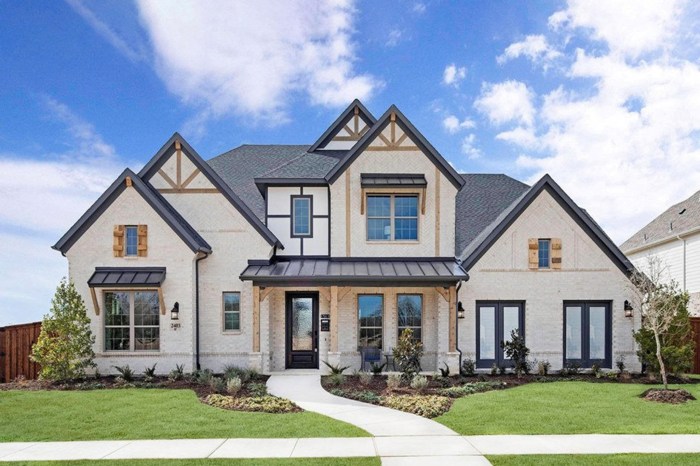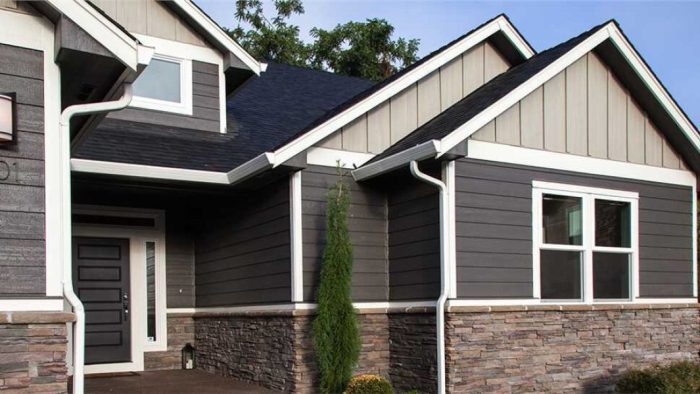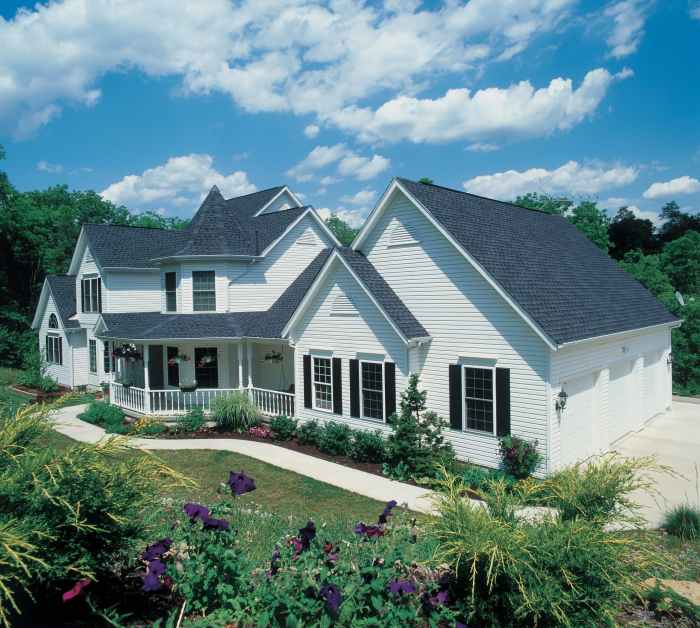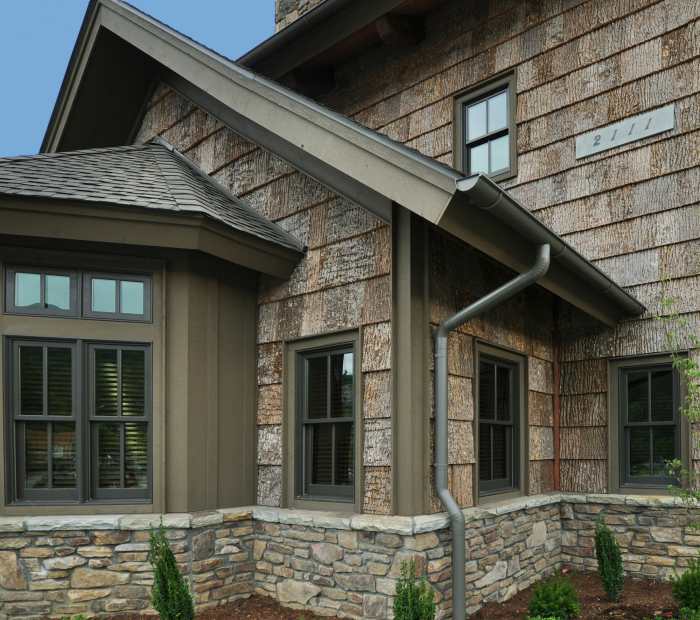Exploring the World of Global Siding and Roofing
Embark on a journey through the realm of global siding and roofing, where the fusion of construction and creativity shapes the skyline of buildings worldwide. From the rugged beauty of wood to the sleek allure of metal, discover the diverse array of materials that form the protective shell of structures across the globe.
Delve deeper into the nuances of siding and roofing materials, unraveling the intricate tapestry of durability, cost-effectiveness, and visual appeal that define the essence of architectural design.
Introduction to Global Siding and Roofing
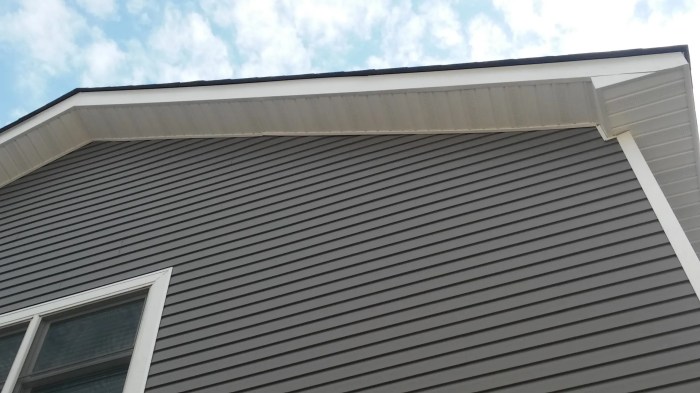
Global siding and roofing refer to the materials and techniques used in the construction industry worldwide to protect and enhance the aesthetic appeal of buildings. Siding is the outer covering of a building's walls, while roofing refers to the top covering that protects the interior from weather elements.
Both components are crucial for the structural integrity and longevity of any building.
Importance of High-Quality Siding and Roofing Materials
High-quality siding and roofing materials are essential for buildings worldwide due to the following reasons:
- Protection: Siding and roofing materials act as a barrier against external elements such as rain, wind, and snow, protecting the interior of the building from damage.
- Insulation: Quality materials help in maintaining a comfortable indoor temperature by providing insulation against heat loss or gain.
- Aesthetics: The choice of siding and roofing materials can significantly impact the overall look and curb appeal of a building, enhancing its value and visual appeal.
- Durability: Using durable materials ensures that the building is protected for an extended period, reducing the need for frequent repairs and maintenance.
Types of Siding Materials
When it comes to siding materials, there are various options available globally, each with its unique characteristics and benefits. Let's explore some of the most common types used in the construction industry.
Vinyl Siding
Vinyl siding is a popular choice due to its affordability, low maintenance requirements, and wide range of colors and styles. It is durable, resistant to moisture, and can mimic the look of wood or other materials.
Wood Siding
Wood siding offers a classic, natural aesthetic appeal and can enhance the overall look of a building. While it provides good insulation, it requires regular maintenance to prevent rot, pests, and weather damage.
Fiber Cement Siding
Fiber cement siding is known for its durability, fire resistance, and low maintenance needs. It can resemble wood or masonry and is resistant to pests, rot, and moisture, making it a long-lasting option.
Metal Siding
Metal siding, typically made of aluminum or steel, is valued for its strength, weather resistance, and longevity. It is available in various finishes, can be painted, and offers excellent protection against elements like wind, rain, and snow.
Types of Roofing Materials
When it comes to roofing materials, there are several options available that are commonly used on a global scale. Each type of material offers unique characteristics and benefits that make them suitable for different types of structures and environments.
Asphalt Shingles
Asphalt shingles are one of the most popular roofing materials due to their affordability and ease of installation. They come in a variety of colors and styles, making them versatile for different architectural designs. Asphalt shingles are also durable and provide good protection against the elements, such as rain and wind.
Metal Roofing
Metal roofing is known for its longevity and durability, with some types lasting up to 50 years or more. It is lightweight, fire-resistant, and environmentally friendly, as it is often made from recycled materials. Metal roofing is also energy-efficient, reflecting heat to keep homes cooler in hot climates.
Clay Tiles
Clay tiles are popular in Mediterranean and Spanish-style architecture, adding a touch of elegance to a building. They are known for their durability and resistance to fire, insects, and rot. Clay tiles are also energy-efficient, helping to regulate indoor temperatures by providing insulation.
Slate
Slate roofing offers a natural and sophisticated look to a building, often seen on historic and upscale homes. It is extremely durable and can last for over 100 years with proper maintenance. Slate is also fire-resistant, environmentally friendly, and provides excellent protection against harsh weather conditions.
Environmental Impact of Siding and Roofing
When it comes to choosing siding and roofing materials for a construction project, considering the environmental impact is crucial. Different materials have varying levels of eco-friendliness, which can significantly impact the carbon footprint of the building.
Eco-Friendliness of Different Siding and Roofing Materials
Each type of siding and roofing material has a unique environmental impact. Some materials, such as vinyl siding and asphalt shingles, are known to have a negative impact on the environment due to their manufacturing process and disposal. On the other hand, materials like wood siding and metal roofing are considered more eco-friendly options.
Sustainable Options and Carbon Footprint Reduction
Opting for sustainable siding and roofing materials can help reduce the carbon footprint of a building. Materials like reclaimed wood siding, recycled metal roofing, and eco-friendly composite materials are excellent choices for environmentally-conscious construction projects. These materials not only reduce the demand for new resources but also promote sustainable practices in the construction industry.
Global Market Trends in Siding and Roofing
The global siding and roofing market is constantly evolving, driven by various trends that shape the industry. These trends are influenced by factors such as technological advancements, changing design preferences, and economic conditions.
Increasing Demand for Sustainable Materials
As environmental awareness grows, there is a rising demand for sustainable siding and roofing materials. Consumers are increasingly looking for options that are eco-friendly and energy-efficient. This trend has led to the development of innovative materials that offer both durability and environmental benefits.
Emphasis on Energy Efficiency
With a focus on reducing energy consumption and lowering utility costs, there is a growing emphasis on energy-efficient siding and roofing solutions. This includes materials that provide better insulation, reflectivity, and ventilation to improve the overall energy performance of buildings.
Integration of Smart Technologies
Advancements in technology have paved the way for the integration of smart features in siding and roofing systems. From solar panels to sensors that monitor weather conditions, these technologies are revolutionizing the way buildings interact with their surroundings. This trend is expected to continue as smart buildings become more prevalent.
Shift towards Modern and Minimalist Designs
Design preferences in the siding and roofing industry are shifting towards modern and minimalist styles. Clean lines, neutral colors, and sleek finishes are becoming increasingly popular among consumers. This trend reflects a desire for simplicity and sophistication in architectural design.
Impact of Economic Factors
Economic conditions play a significant role in shaping the global market trends in siding and roofing. Factors such as material costs, labor availability, and market fluctuations can impact the choices made by consumers and industry professionals. It is important to consider these economic factors when analyzing the future direction of the market.
Installation and Maintenance Practices
When it comes to installing siding and roofing systems worldwide, following best practices is crucial for ensuring durability and longevity. Proper installation techniques can help prevent issues such as leaks, mold growth, and structural damage. Additionally, regular maintenance is essential to prolong the lifespan of siding and roofing materials, especially in different climates where they may be exposed to varying weather conditions.
Best Practices for Installation
- Ensure proper alignment and secure attachment of siding or roofing materials to prevent water infiltration.
- Use high-quality fasteners and sealants to enhance the durability and weather resistance of the system.
- Follow manufacturer guidelines and recommendations for installation to maintain warranty coverage.
- Consider hiring professional installers with experience in working with specific siding and roofing materials for optimal results.
Maintenance Tips for Prolonging Lifespan
- Regularly inspect siding and roofing for signs of damage, such as cracks, missing shingles, or discoloration.
- Clean gutters and downspouts to prevent water buildup and potential water damage to the structure.
- Trim overhanging branches to avoid debris accumulation and damage to the roofing system.
- Schedule annual maintenance checks by professionals to identify and address any issues before they escalate.
Outcome Summary
As we draw the curtains on this exploration, the intricate dance of global siding and roofing unravels before our eyes, showcasing the blend of innovation and tradition that sustains the construction industry. From the eco-conscious choices to the latest market trends, the future of building exteriors is poised for a revolution.
Expert Answers
What are the most common types of siding materials used globally?
The most common siding materials used globally are vinyl, wood, fiber cement, and metal.
How do sustainable siding and roofing options contribute to reducing the carbon footprint in construction?
Sustainable options help reduce the carbon footprint by using eco-friendly materials and energy-efficient designs that minimize environmental impact.
What factors influence the global market trends in siding and roofing?
Market trends are influenced by technological advancements, design preferences, and economic conditions shaping the construction industry.
